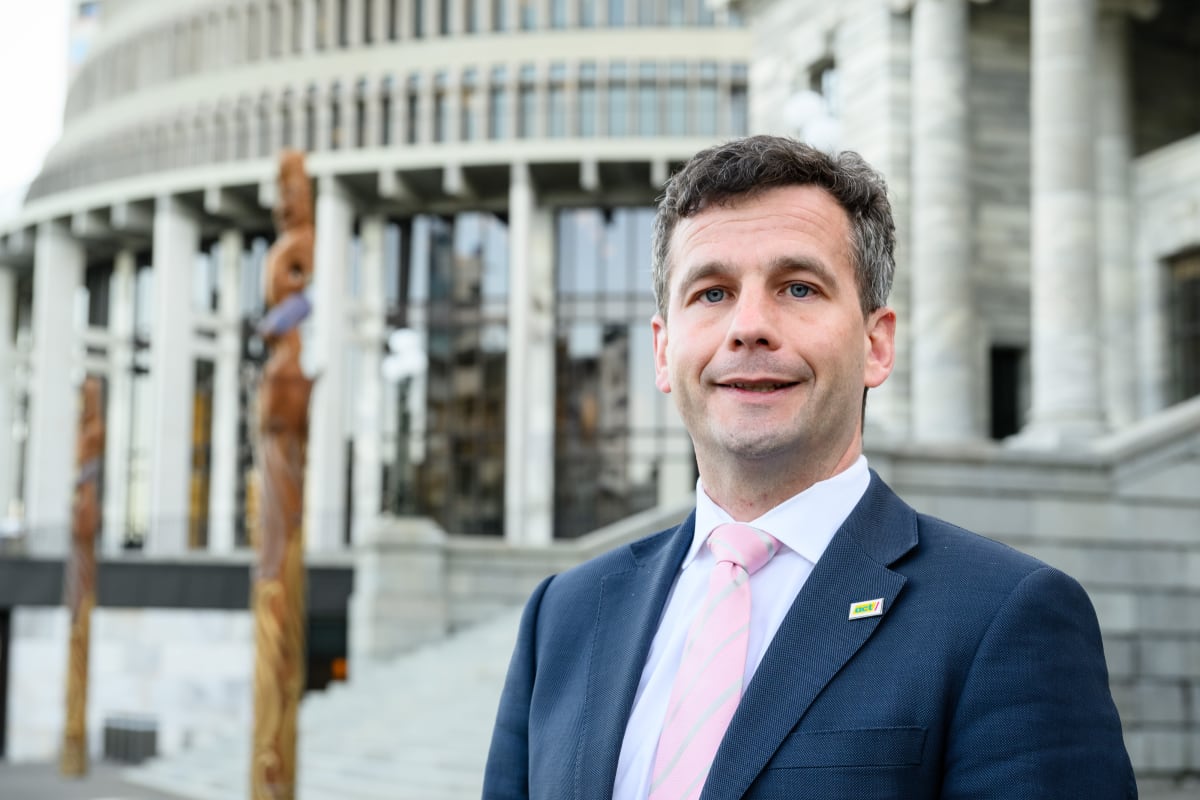Empowering Africa
By: Dr. Allan Pamba – Executive Vice President, Diagnostics, Africa, at Roche Diagnostics
In May this year, the Resolution on Strengthening Diagnostics Capacity was officially adopted by the World Health Organisation (WHO) at the World Health Assembly. This holds significant implications for Africa’s healthcare landscape. The official Resolution document outlines it as “Recognising that diagnostic services are vital for the prevention, diagnosis, case management, monitoring and treatment of communicable, noncommunicable, neglected tropical and rare diseases, injuries and disabilities.” This is a ground-breaking acknowledgment of the value of diagnostics in addressing public healthcare problems and the beginning of a long – but decidedly promising – road ahead.1
Africa is home to 23 countries classified as LMICs (low-to-middle-income countries) which have a dual burden of communicable and non-communicable diseases. There is rapid urbanisation in these countries, with significant numbers of people pouring into the NCDs risk pool each year. In 2021, only around half of Africa’s citizens (around 615 million people) had access to essential healthcare.2,3,4
As we look back on World Heart Day, it bears mentioning that Africa, with its population of over 1 billion people, is a significant contributor to the global burden of cardiovascular disease (CVD). In 2019 alone, more than one million deaths occurred due to CVD in sub-Saharan Africa. That constituted 5.4% of all global CVD-related fatalities and 13% of all African deaths.5
Imagine a patient – let’s call her Jane – a 45-year-old Kenyan farmer who tends to her small plot of land to provide for her family. Jane begins to experience shortness of breath, fatigue and swelling in her legs. At first, she brushes off the symptoms, attributing them to her demanding daily chores.
However, as the symptoms persist, Jane decides to visit the local clinic for medical advice. To do this, she catches a Matatu (a minibus taxi), which takes a substantial amount of time out of her working day and is costly on her modest income.
The clinic has limited resources, but it is the closest healthcare facility to her village at around 15km away. The doctor at the clinic examines her and suspects she might be suffering from heart failure. But he can’t know for certain.
Jane will need further diagnostic testing, which can only be provided at a tertiary level hospital in the city. Jane is faced with uncertainty about whether she will be able to get a proper diagnosis. The costs are stacking up, and should she need treatment, those costs are also likely to be prohibitive.
With a life-threatening condition, Jane is trapped in a cycle of poverty and lack of access to proper healthcare. Stories like Jane’s are all-too-common in many African countries. Heart failure is a growing problem in sub-Saharan Africa. But the diagnosis of heart failure can pose significant challenges across the continent due to lack of access to appropriate diagnostics.6
In Africa, cardiovascular diseases are the largest contributor to the noncommunicable disease burden. In sub-Saharan Africa, heart failure commonly affects younger age groups, often presenting in late stages with an exceptionally high mortality rate.7
Prioritising early diagnosis is critical to creating better outcomes for patients like Jane – a mother, breadwinner and economically active member of her community. Healthy populations are more economically active. No doubt, effective healthcare delivery can have a direct impact on gross domestic product. Now, let’s imagine, in the context of the WHO Diagnostics Resolution, how we might change Jane’s healthcare journey.
Few countries have a national strategic plan for diagnostics, which hurts access for patients like Jane. The value of diagnostics is under-recognised, resulting in underfunding, inadequate diagnostics services, late diagnosis of serious conditions and inevitably higher mortality rates and higher treatment costs. Establishing a national diagnostic strategy and adopting essential diagnostics lists will simultaneously increase access to diagnostics and reduce overall costs to the healthcare system.1
With a national plan in place, the clinic Jane visits – her primary point of care – has access to essential diagnostics lists and a functional laboratory on-site, ensuring that she receives the necessary tests promptly. Having been trained to do so, the healthcare provider empowers her with appropriate education and support, helping her understand the implications of her diagnosis and the necessary lifestyle changes or referring her for timely treatment.
In this improved scenario, Jane’s healthcare journey takes a significant turn for the better. The prioritisation of diagnostics at her first point of care provides her with early knowledge about her condition and facilitates timely interventions. To achieve this kind of outcome for more patients, strengthening laboratory systems and maximising current infrastructure is vital. Poor laboratory infrastructure, limited human resources, a lack of equipment and poor quality assurance programmes severely limit access to diagnostics.8
The next pillar is to invest in sustainable workforce capacity building and training. Strengthening laboratory systems goes hand-in-hand with investing in laboratory professionals. There is a laboratory staffing shortage in both high-income countries and low-middle-income countries. This creates a barrier to diagnostic services. Incidentally, approximately two-thirds of laboratory errors occur outside the facility – typically during the pre-analytic phase, for example, at the test sample collection point. This is often a result of poor-quality sample transport or incorrect sampling.9
Laboratory professionals need to be trained and empowered so that patients like Jane can be empowered. Policies aimed at equipping professionals with laboratory expertise or training new laboratory personnel could significantly ease the burden on healthcare systems.
Finally, adopting a regulatory framework that accelerates access is critical to creating synergy between the public and private sectors. Smart regulatory frameworks can accelerate access to safe and effective diagnostics while conserving precious regulatory resources. But sadly, smart regulations are not being consistently implemented across jurisdictions – especially in LMICs. Convergence to internationally recognised best regulatory practices (IMDRF) and standards is crucial to improve access to innovation.
We need to do now what patients need next, which incidentally, is our strategy at Roche Diagnostics. It is a strategy aimed at mobilising collaboration, which is critical to realising the full potential of diagnostics in Africa. We must work together to develop sustainable solutions, enhance research and development capabilities and foster innovation within the African healthcare landscape. By amplifying the role of the private sector, we can inspire others to act and drive transformative change.
Now that the Resolution has been adopted, the private sector should encourage more African governments to adopt policies that support optimising diagnostic strategies and achieving adequate financing allocation for healthcare essentials to meet national and regional commitments.12
The Resolution on Strengthening Diagnostics Capacity is a phenomenal start. It is a signal to redesign African health systems’ preparedness and resilience, drawing inspiration from successful responses to diseases like HIV/AIDS. By investing in infrastructure development, localising healthcare solutions and maximising public-private partnerships, we can build a resilient healthcare ecosystem that effectively addresses present and future challenges for Africa.
References:
- https://apps.who.int/gb/ebwha/pdf_files/EB152/B152(6)-en.pdf
- https://futures.issafrica.org/geographic/income-groups/lower-middle-income-africa/#:~:text=According%20to%20the%20World%20Bank,and%20Pr%C3%ADncipe%2C%20Senegal%2C%20Eswatini%2C
- https://www.afro.who.int/fr/node/16365
- https://healthpolicy-watch.news/only-half-of-africans-have-access-to-health-care/
- https://world-heart-federation.org/where-we-work/africa/#:~:text=Africa%20is%20home%20to%20more,of%20all%20deaths%20in%20Africa.
- https://www.ncbi.nlm.nih.gov/pmc/articles/PMC5971674/
- https://www.ncbi.nlm.nih.gov/pmc/articles/PMC9686438/#:~:text=In%20Africa%2C%20CVDs%20are%20the,DALYs%20(5%2C%2012).
- https://www.ncbi.nlm.nih.gov/pmc/articles/PMC7598644/
- https://www.clinicallab.com/taking-aim-at-pre-analytical-errors-23640
- https://www.afro.who.int/health-topics/hivaids
- https://www.who.int/health-topics/in-vitro-diagnostics#tab=tab_1
- https://www.roche.com/about/business/diagnostics/value-of-diagnostics





